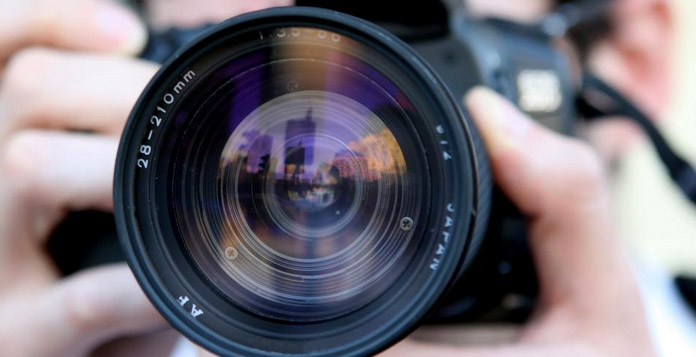It requires some skills, patience, and practice to capture a photo that appears natural. Moreover, the photo must also convey the personality of the subject easily. These are some of the basics of portrait photography. They are also among the very things that make this form of photography truly challenging. One good aspect of it is that portrait photography doesn’t need fancy or expensive equipment.
You don’t need to produce a photograph with a great degree of technical perfection in this form of photography. The main goal of portrait photography is to capture some sense of the subject’s character. Here, we’ve listed some steps that will help you take some engaging portrait photos:
1. Choose a suitable location
A portrait photograph must help the viewer know the subject better. This will only be possible if the viewer builds up a mental picture of the subject after seeing the photo. To convey the subject’s personality through the portrait, it’s essential to photograph the person in a suitable place.
An ideal location is the one that reflects the person’s character. This adds an interesting element to the portrait photo. However, the main focus of the photograph must be the person being photographed and not the place. You must also keep in mind that the background must be free from distractions.
2. Lighting the subject
If the location is a studio, you can use external lighting and reflectors to light your model. Try to get a bit more light on one side of the subject’s face for greater depth. Lighting your subject from the side is helpful in accentuating your subject’s facial features. You must not rely on the built-in flash of your camera when lighting your subject.
Lighting from the front will leave the features of the subject looking flat and uninteresting. This is because lighting the subject from the front eliminates the facial shadows. It can also cast distracting shadows in the background.
3. Shoot from a suitable distance
You must move back as far as the lens of your camera will allow. Then try to zoom in on your subject. If you shoot from a distance that’s too close, you’ll end up distorting your subject’s face. This can not only be quite distracting but also unflattering. The further back you go, lesser will be the distortion of the subject’s face, thus enhancing the portrait photo.
You can even use a telephoto lens if you have the option of changing the lenses of your camera. Such lenses reduce the distortion even further and are ideal for separating the subject from the background.
4. Capture the personality of the subject
The very first step is to know what’s the thing that makes your model unique. Once you’ve identified that particular quality or feature, you must try to capture it in your photograph. What distinguishes a good portrait photo from a not-so-good one is how well it tells the subject’s story. The best portrait photos are the ones that convey something about the subject’s personality.
You can get a natural-looking portrait photograph by getting it clicked when the subject is off guard. Most of the people automatically put on their ‘photo face’ when they’re in front of the camera. Talking to the individual you’re photographing is the best way to make him or her feel comfortable. This will put your subject in a position to express himself or herself freely. As a result, you’ll end up with a more natural photo that showcases your subject’s true personality.

